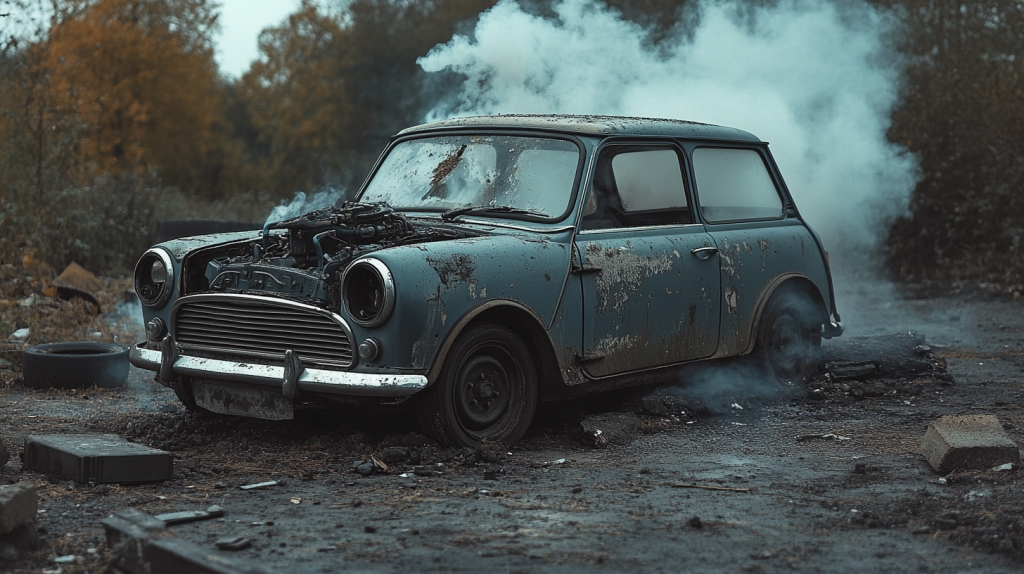Ever had a car that seemed more at home in the garage than on the road? You know, one of those vehicles that made every drive feel like a gamble—”Will we make it this time?” If that sounds familiar, you might find an old nemesis (or should I say, chassis?) on this list. Join me on a slightly exasperating, yet nostalgic journey as we revisit some of the most frustratingly unreliable British cars ever made.
15. The MGB: The Car We Couldn’t Quit
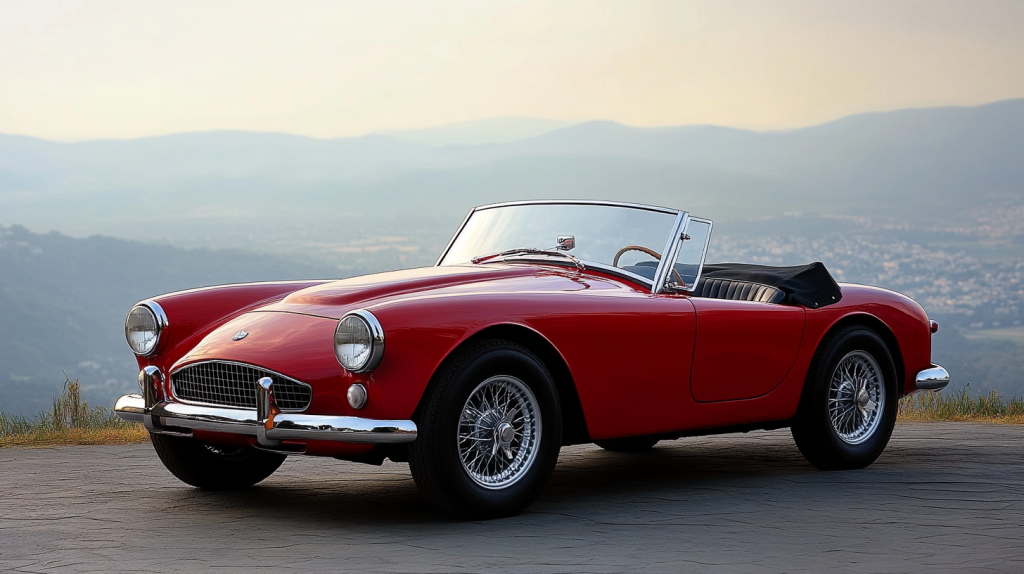
Let’s kick things off with the MGB. Ah, the MGB—charming, fun to drive, and equally entertaining to fix, if you enjoy that sort of thing. It was the kind of car you loved despite its flaws, but let’s be honest, it spent as much time with the mechanic as it did on the open road. A true love-hate relationship if there ever was one. Despite its issues, the MGB’s handling and sporty feel kept enthusiasts hooked, making it the quintessential British roadster that many just couldn’t part with.
14. The Leyland P76: Big Dreams, Bigger Disappointments
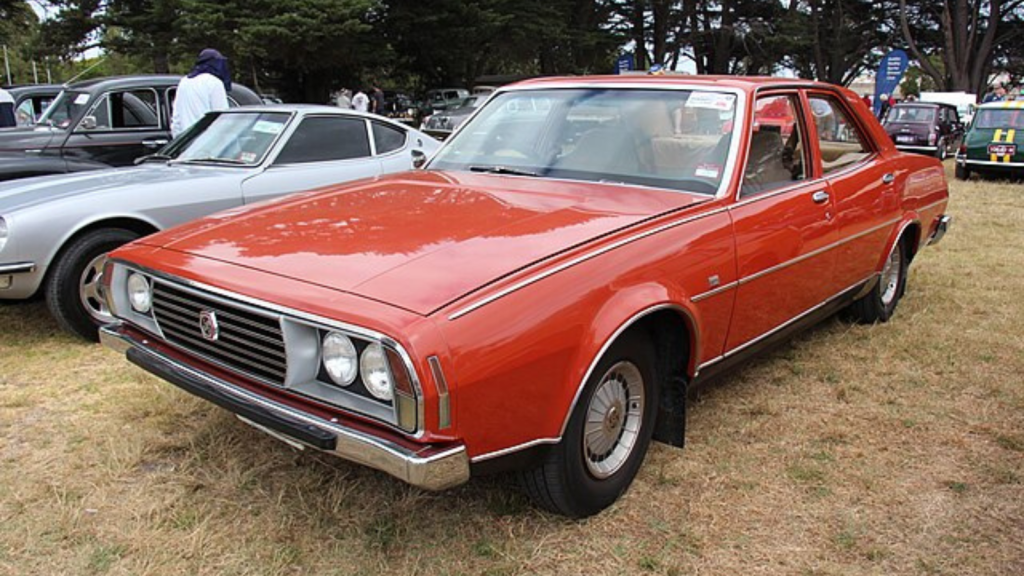
The Leyland P76 had ambitions as vast as its boot space. It was supposed to be a car that could do it all, but instead, it became notorious for doing nothing reliably. It was the sort of car that taught its owners patience—because you’d need a lot of it while waiting for it to be fixed. What made matters worse was its hasty production, leading to quality control issues that only compounded its mechanical woes.
13. The Austin Allegro: Quirky, But Not in a Good Way
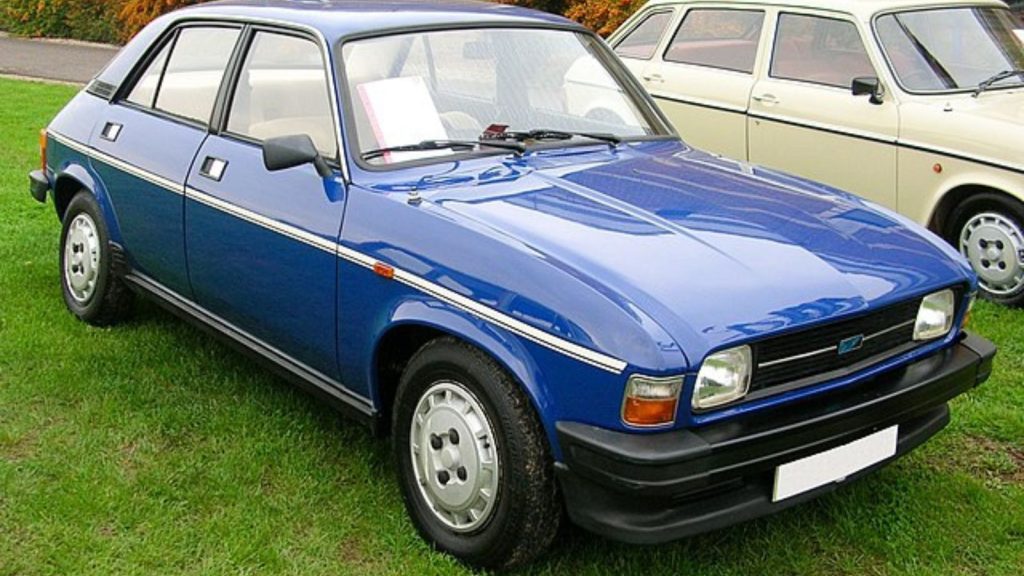
Who could forget the Austin Allegro? With its square steering wheel and a habit of falling apart when you least expected it, driving the Allegro was always an adventure. It was a car that kept you on your toes—after all, who needs predictability when your steering wheel is a square? Its notorious “quartic” steering wheel was more than just a design oddity; it was emblematic of the car’s larger issues with build quality and reliability.
12. The Hillman Imp: The Little Car That Couldn’t
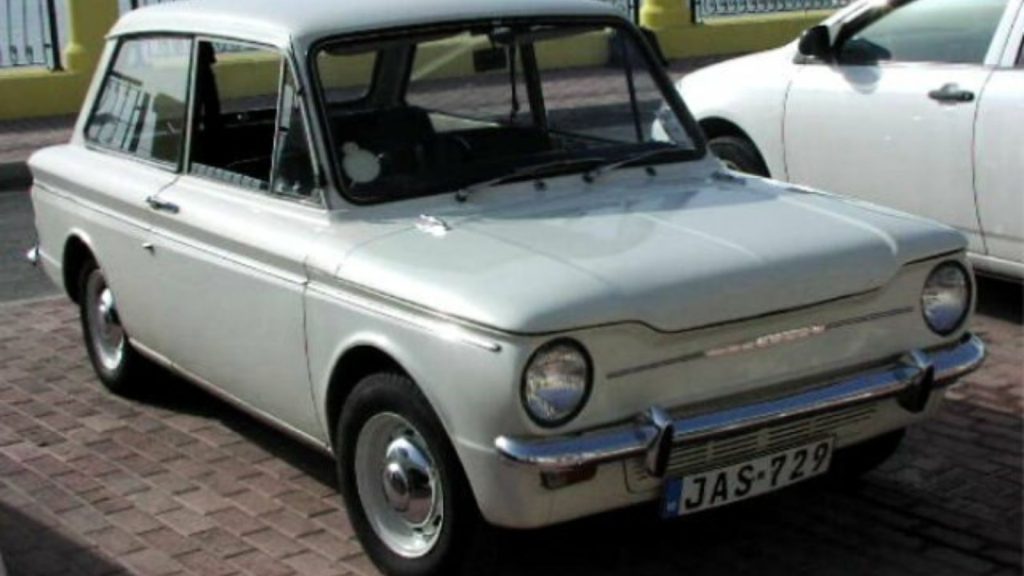
The Hillman Imp was a compact, innovative little machine that promised a lot but delivered far less. It was the car that always seemed on the verge of greatness, only to be let down by an engine that overheated more often than it ran smoothly. A revolutionary idea hampered by a frustrating execution. Its rear-engine layout and aluminum engine were ahead of their time, but poor cooling and build quality turned these innovations into liabilities.
11. The Rover SD1: Beauty That’s Only Skin Deep
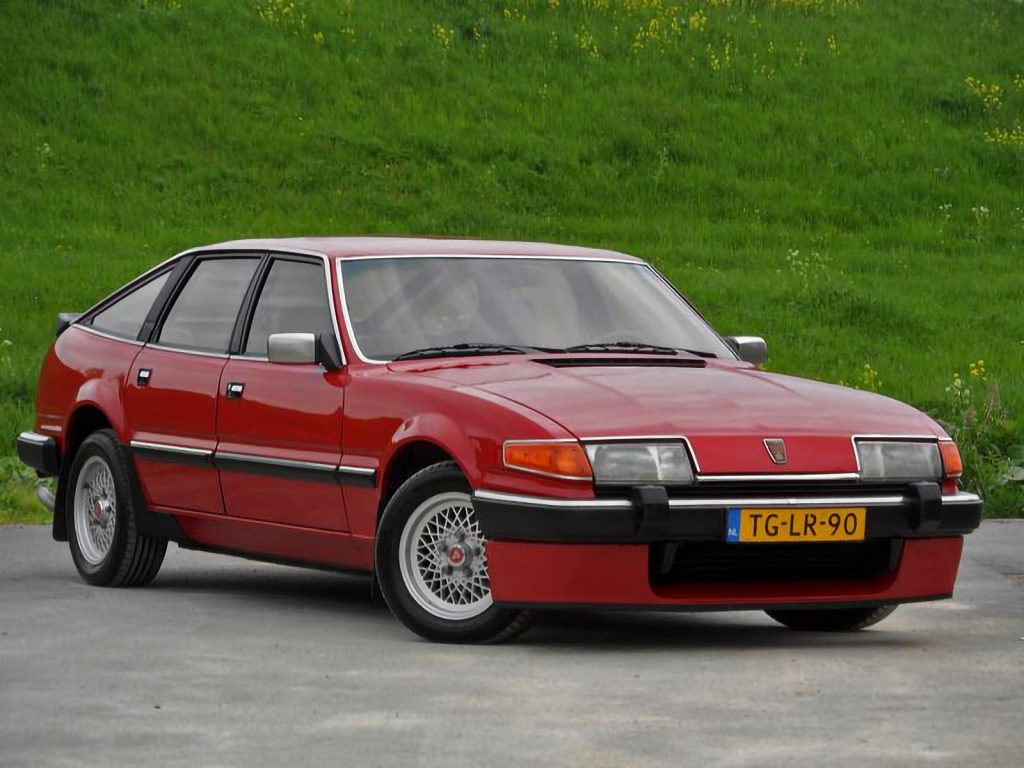
The Rover SD1 was a stunner—a car that looked like it could do it all. Unfortunately, looks were deceiving. Underneath its sleek exterior was a laundry list of faults that made owning one a bit of a gamble. It could deliver performance and luxury, but only when it felt like it. The car’s electrical problems and inconsistent build quality were its Achilles’ heel, tarnishing what could have been a flagship model for Rover.
10. The Triumph Stag: A Heartbreaker on Four Wheels
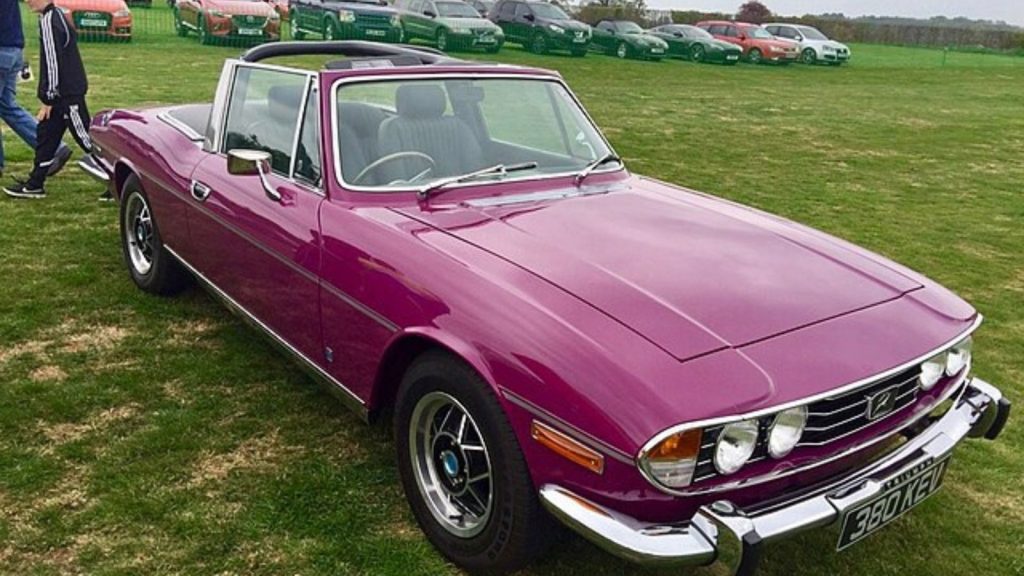
The Triumph Stag was a car that could make you fall in love at first sight, only to break your heart with its relentless mechanical issues. It had the looks, it had the style, but it also had an engine that was more temperamental than a soap opera diva. A tragic tale of love and loss on the road. The V8 engine was supposed to be the Stag’s crowning glory, but poor cooling and head gasket issues turned it into a constant source of headaches.
9. The Reliant Robin: The Wobbly Wonder
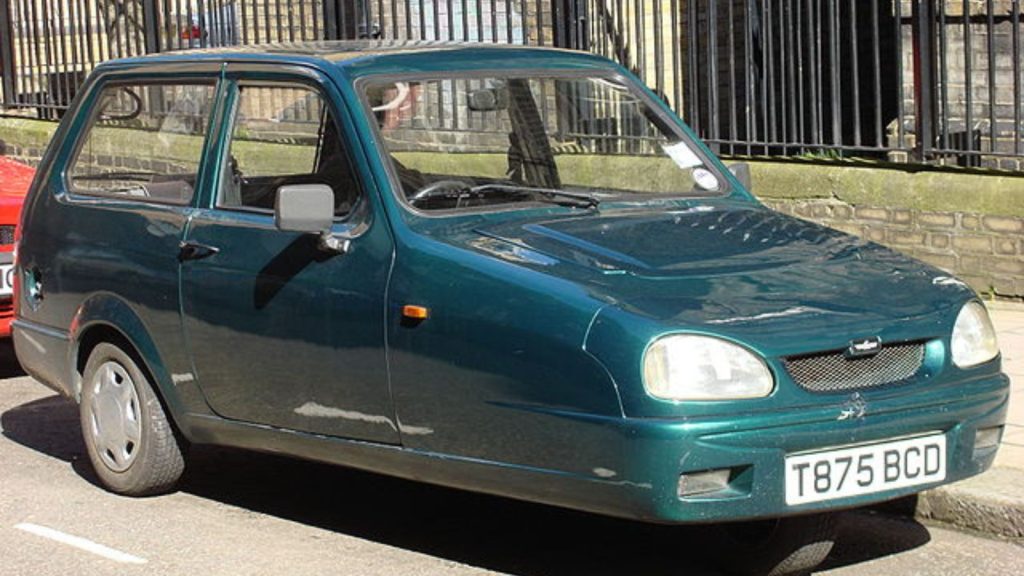
Ah, the Reliant Robin—where to begin? This three-wheeled wonder redefined the meaning of stability, both on the road and off. It was a car that turned every corner into a thrilling roll of the dice. Driving one was always an experience, just maybe not the kind you’d want. Its top-heavy design made it prone to tipping over, especially when drivers pushed it beyond its modest capabilities.
8. The Jaguar XJ-S: A Leaky Luxury
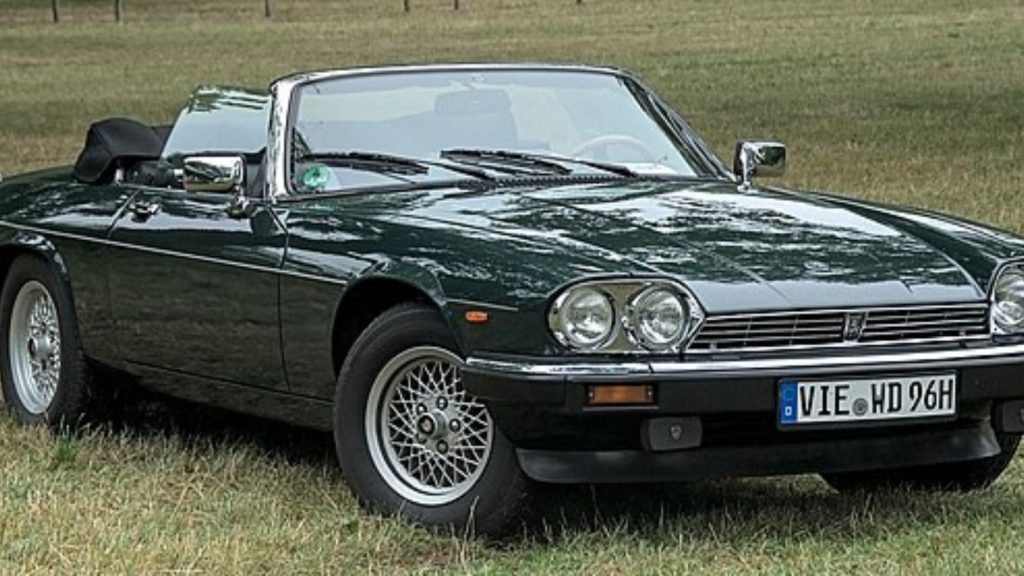
The Jaguar XJ-S was the epitome of British luxury, but it came with a catch—this beauty was as likely to leave a puddle of oil in your driveway as it was to turn heads. It had all the style in the world, but reliability? That was often optional. Its glorious V12 engine was a marvel of engineering, but it required meticulous maintenance, and any lapse could lead to catastrophic failures.
7. The Vauxhall Viva: A Promise Unfulfilled
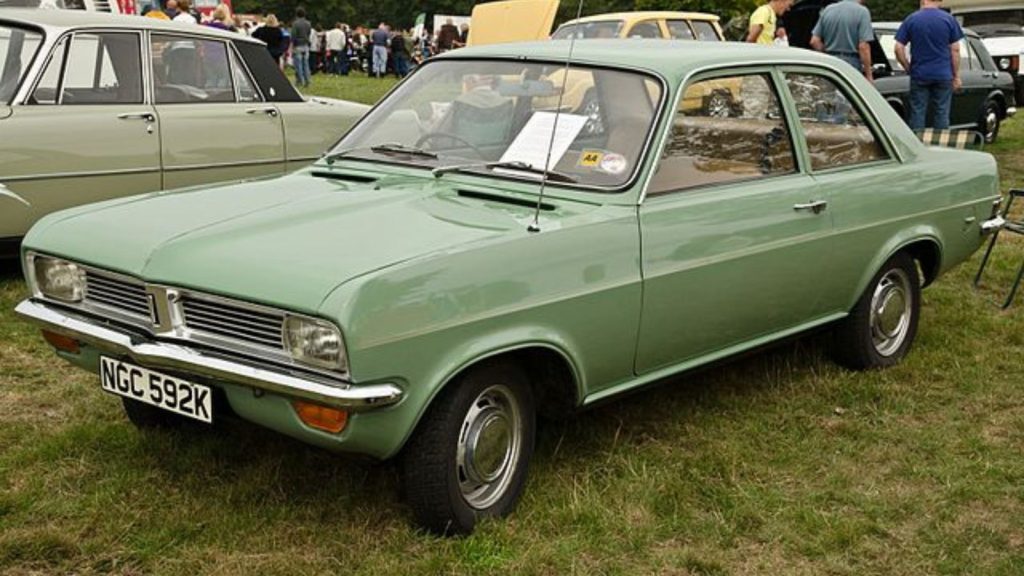
The Vauxhall Viva promised affordable and dependable motoring for the masses. Sadly, it delivered on neither. It was a car that looked good on paper but often left its owners dreaming of something better while they waited for yet another repair. The Viva was let down by its lackluster build quality and weak engines, which often left drivers struggling to keep up with traffic.
6. The Austin Princess: All Title, No Substance

The Austin Princess certainly sounded regal, but in reality, it was more of a jester in the royal court of cars. With an ambitious design that promised much, its performance was anything but princely. It might have had the name, but it lacked the reliability to back it up. Hydragas suspension might have been innovative, but it was also a nightmare to maintain, contributing to the Princess’s reputation for unreliability.
5. The Rover 800: A Flagship Without a Fleet
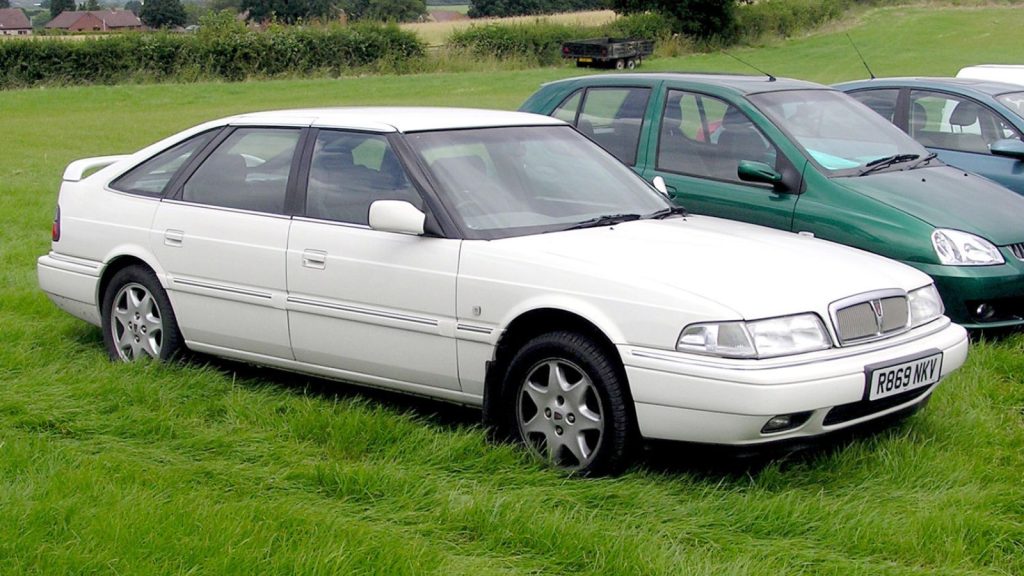
The Rover 800 was supposed to be Rover’s crown jewel, a flagship model to lead the brand into the future. Instead, it found itself battered by a storm of mechanical issues, proving that not every flagship is built to weather the seas of time. Despite being a collaboration with Honda, the Rover 800’s electrical problems and poor build quality severely undermined its potential.
4. The Morris Marina: The Constant Drifter
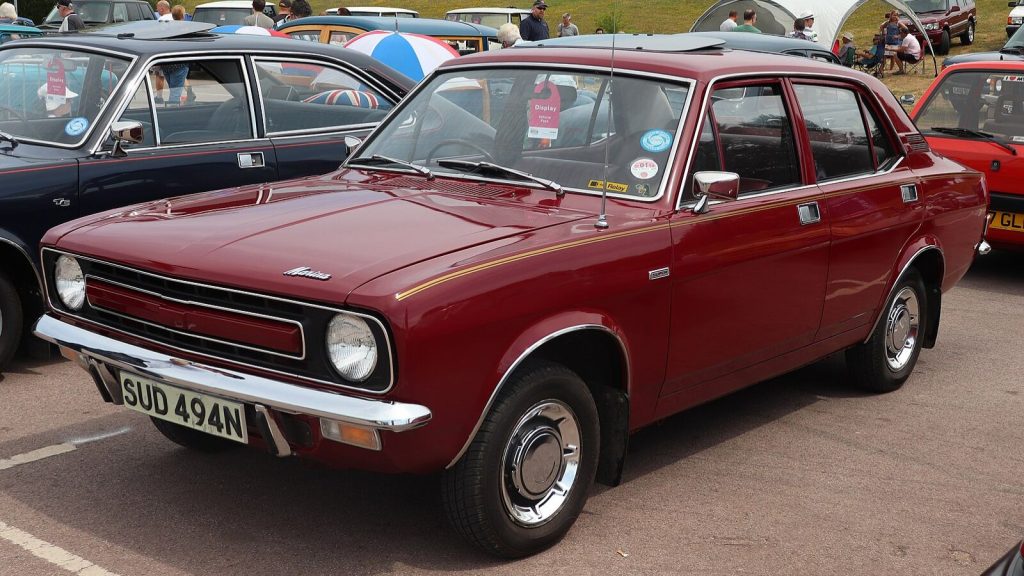
The Morris Marina was less about driving and more about drifting—from one breakdown to the next. Unpredictable at best, it was a car that kept you guessing—mostly about when it would leave you stranded on the side of the road next. Its handling was notoriously poor, earning it a reputation for being one of the least engaging cars to drive.Image Credit: KatyKreates via MidJourney.
3. The Triumph TR7: The Wedge of Woe

Marketed as “The Shape of Things to Come,” the Triumph TR7 certainly showed us the future—one where reliability seemed to be an afterthought. With its wedge shape and endless mechanical issues, the TR7 was a glimpse into a world no driver wanted to live in. The design may have been bold, but its troublesome electrics and fragile engine made owning one more trouble than it was worth.
2. The Jensen Interceptor: Style Over Substance

The Jensen Interceptor was a grand tourer that turned heads and captured imaginations, but unfortunately, it also captured its owners in a cycle of constant repairs. It was a car that intercepted your dreams of reliable motoring and left you with nothing but style and sorrow. The Chrysler V8 engine was powerful but thirsty, and when combined with the car’s hefty weight, it led to frequent mechanical failures.
1. The British Leyland Mini: The Icon That Let Us Down
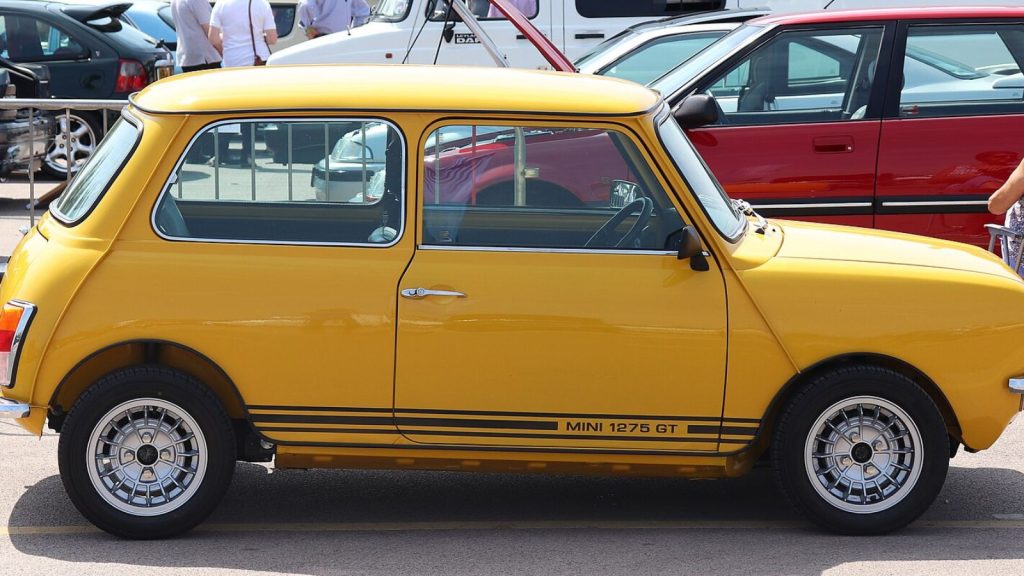
And here we are—the British Leyland Mini, a true icon in every sense of the word. It promised joy, freedom, and fun, but often delivered breakdowns and frustration. For many, it was the car that introduced them to their local mechanic on a first-name basis. A beloved classic, yes, but also a symbol of just how unreliable a car can be. The Mini’s charm was undeniable, but its constant rust problems and fragile gearbox meant that many owners spent as much time fixing them as driving them.
16 American Foods Brits Can’t Stand

Food preferences can vary wildly across cultures, and what’s considered a delicacy in one country might be seen as downright bizarre in another. This cultural divide is particularly evident when comparing American and British cuisines. While the two nations share a common language, their tastes in food can be worlds apart. From overly sweet concoctions to processed cheese products, there are certain American foods that many Brits find hard to stomach.
Read More: 16 American Foods Brits Can’t Stand
Katy Willis is a writer, master herbalist, master gardener, and certified canine nutritionist who has been writing since 2002. She’s finds joy in learning new and interesting things, and finds history, science, and nature endlessly fascinating.
